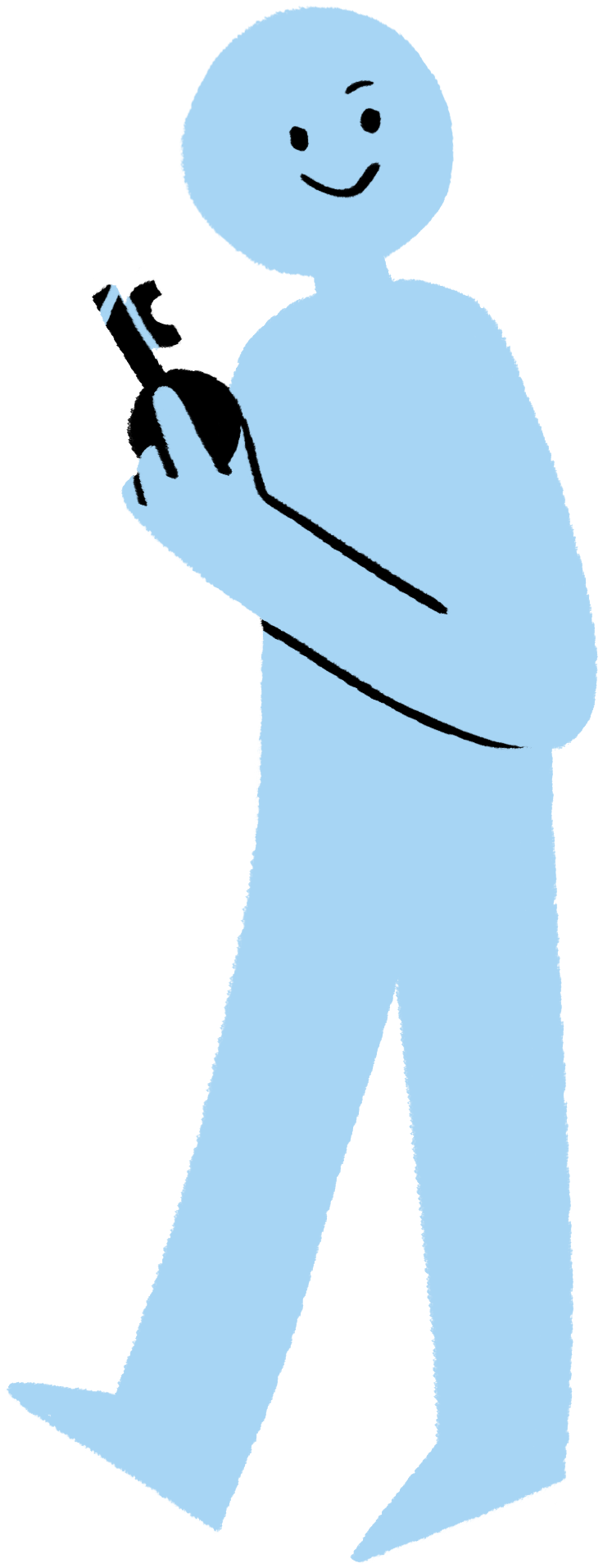Manifesto
Independent Media Arts Alliance members and organizations play a crucial role in amplifying messages and offering unique interpretations of experiences and world views. Some artists may also be activists—campaigners for freedom of speech and civil liberties in general.
All of these expressions are meant to be public and to be seen. As an artist, you get to communicate. Therefore, you need to know that you are likely to be exposed to cybercrime. The good news is that we want you to keep spreading the word about independent media arts.
Cybersecurity is about cybercitizenship. Of course, it’s about the respect of everyone’s privacy. But more importantly, it’s about amplifying voices, protecting artistic expression, and securing access to content. Concretely, cybersecurity is the subtle art of knowing what information needs to be protected and finding the appropriate ways to make it secure. Having good cybersecurity skills will take you far: it will help you to protect sensitive bank account details, keep work online, help your organization maintain a good reputation with the public and with every person you may work with.
Whether you’re an intern on a two-month contract or an artist, a CEO, or a designer, as long as you follow the yellow brick road of cybercitizenship, everything should be alright.
The Triad of Digital Security
We often associate digital security with the protection of personal information and privacy. This understanding of cybersecurity is incomplete.
As an organization or artist interested in digital security (or cybersecurity—it’s the same thing), you need to pay attention to the confidentiality of information, certainly, but also to its integrity and availability. Integrity, availability, and confidentiality are the three pillars of cybersecurity.
 Integrity means that information remains intact and unchanged. In the digital world, it refers, for example, to the fact that a report has not been modified before being published or to the certainty that no one is publishing posts on social media in the name of your organization.
Integrity means that information remains intact and unchanged. In the digital world, it refers, for example, to the fact that a report has not been modified before being published or to the certainty that no one is publishing posts on social media in the name of your organization. Availability is no doubt the aspect with which you are most familiar. This element is based on the principle that to do your work, you need to have access to your computers and documents and to the Internet. Several types of cyberattacks (such as ransomware) can seek to render your documents or systems unavailable.
Availability is no doubt the aspect with which you are most familiar. This element is based on the principle that to do your work, you need to have access to your computers and documents and to the Internet. Several types of cyberattacks (such as ransomware) can seek to render your documents or systems unavailable. Confidentiality is the control we have over who has access to certain information. The confidentiality of a document can change over time. For example, a report that is in production can be confidential between the members of an executive team, then become public a few weeks later.
Confidentiality is the control we have over who has access to certain information. The confidentiality of a document can change over time. For example, a report that is in production can be confidential between the members of an executive team, then become public a few weeks later.
These three elements are extremely important, but—as you may have guessed—sometimes they are in conflict with one another. Who hasn’t been locked out of their social media account (affecting availability) because they forgot the password that was just updated (improving confidentiality)?
A good strategy in cybersecurity will make the three musketeers work as a team to achieve the ideal balance based on the reality and needs of your organization.
